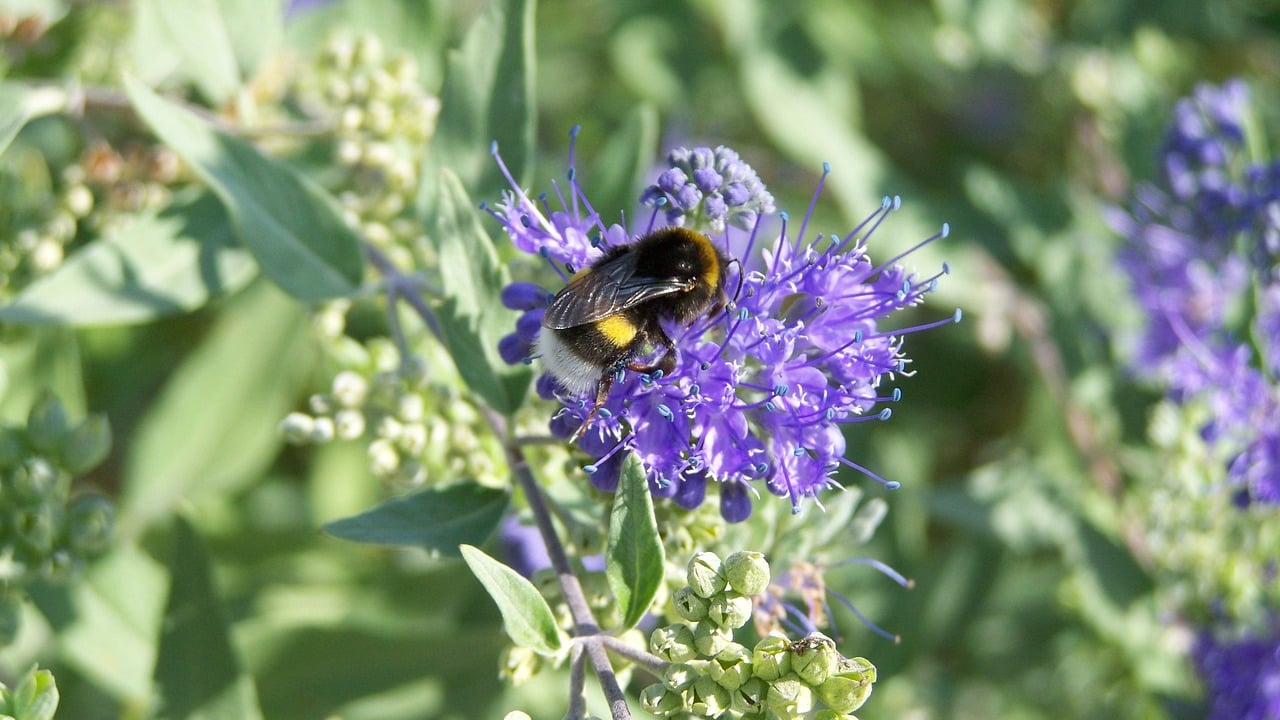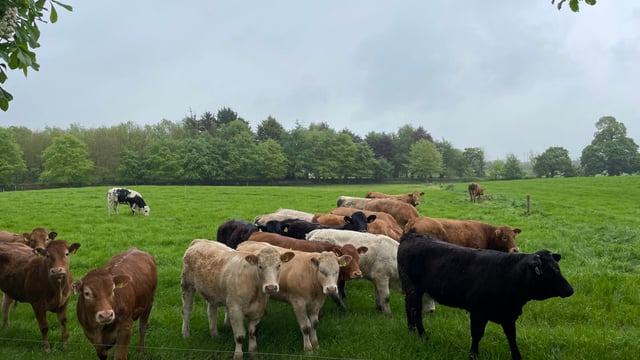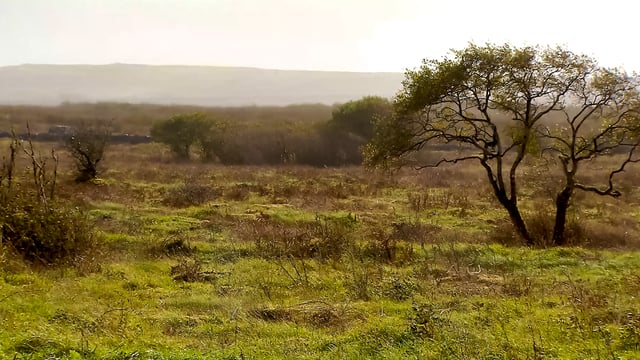Study: One third of bees threatened with extinction
In a recent study, the National Biodiversity Data Centre has found that one third of bee species are threatened with extinction.
Today (Monday, May 20) marks World Bee Day, which aims to raise awareness on the importance of pollinators.
Teagasc research officer, Saorla Kavanagh, has given advice on how to prevent further extinction to the bee species.
There are 102 bee species native to Ireland. Only one species of the 102 native bees can provide honey that can be sold commercially, however, every type of bee needs flowers.
This is because every species of bee act as pollinators, while some species of bee might be better at it than other species.
The Wool Carder Bee collects the hairs on plants to make a soft, cotton ball like bedding for their eggs, while the Gold-fringed Mason Bee will only nest in empty snail shells on sand dunes.
Some bees are kleptoparasites, behaving in a similar way to cuckoo birds, laying their own eggs in nests that were created by a different species.
A small group of North American stingless bee species called the 'vulture bees' feed on rotting meat. They use the meat as their protein source, but still make honey from nectar.
Bees have preferences towards certain plants and some bees are better at pollinating plants over others. Bumblebees, for example, have a high frequency buzz that is "great" for pollinating strawberries.
The Teagasc research officer advised five actions to help bee species:
- Maintain flowering hedgerows;
- Allow flowers to grow around the farm;
- Create nesting places for mining and cavity nesting bees;
- Reduce fungicide, herbicide, and insecticide use;
- Tell a friend what actions work for you.
Kavanagh stated that bees are important for growing insect-pollinated crops, such as, fruits and vegetables, for the health of the environment, and for the economy.





